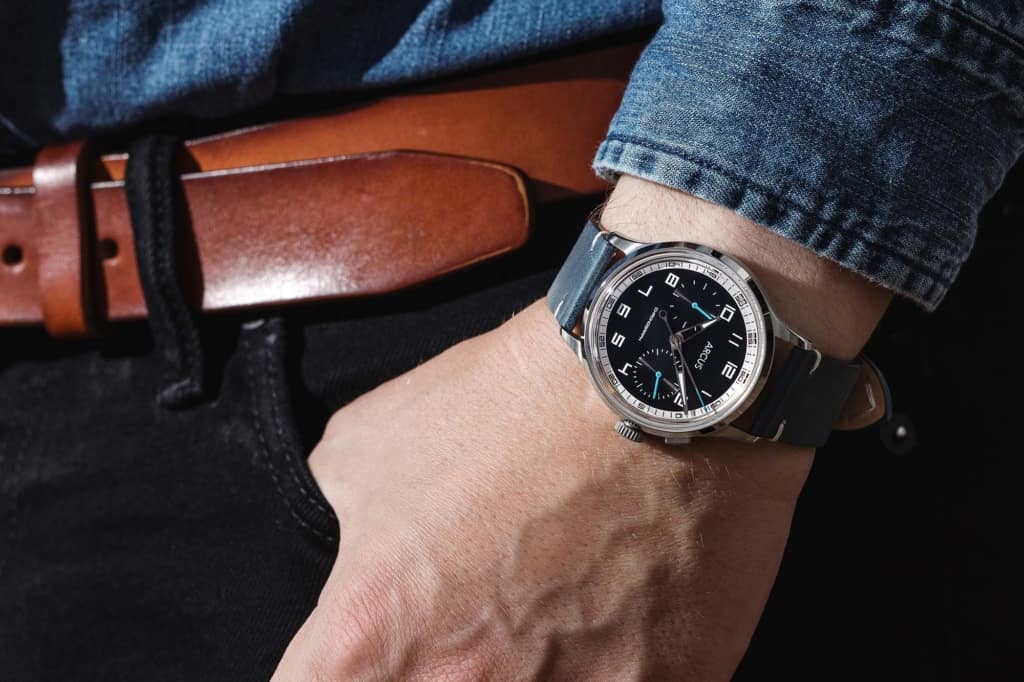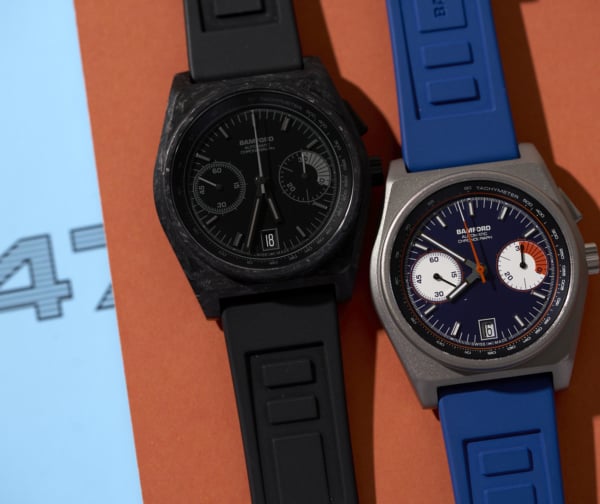Last year, I reviewed the Arcus Tropos, a watch that I was truly very excited about. It wasn’t the design, though I did find it appealing, so much as the movement in use, or rather, the brand’s modifications of it. You see, for their first watch, this duo of Canadian engineers developed and produced an in-house modification for the Seagull ST19 chronograph movement, turning it into a monopusher. More specifically, a sub-$1K monopusher.
There’s a lot to unpack there. To reiterate from my review before, I’ve seen microbrands come a long way since 2011, when Worn & Wound first started. Over the years, while we’ve seen the scope of movements in use by brands expand, little has been done in the way of movement development. While brands commonly customize date wheels (which is still fantastic), and occasionally remove date functions and unwanted sub-dials, the design and fabrication of parts and modules, as well as altering core functionality, is still largely unheard of. This is fully understandable given the cost and expertise associated with such feats.
Then Arcus, out of nowhere, dropped the Tropos using parts they designed and manufactured themselves in Alberta, Canada. The watch was exciting, but the potential even more so. Well, Arcus is back with a follow-up called the Mesos, which includes a variation on the chronograph that, to my knowledge, is not currently available from any other brand, but is still based on the Seagull, and still under $1k.
There’s a bunch to talk about with the Mesos, including that it’s also available with just a straight-up ST19 should you like the looks, but don’t want to fuss with their super-cool complication, as well as an appropriately odd dial design, but what I’m most excited about is the way the movement works, so that’s where I’m going to start this hands-on. For those unfamiliar with a monopusher chronograph, it uses a single (mono) pusher to start, stop, and reset the chronograph complication, in that order.









 Featured Videos
Featured Videos














